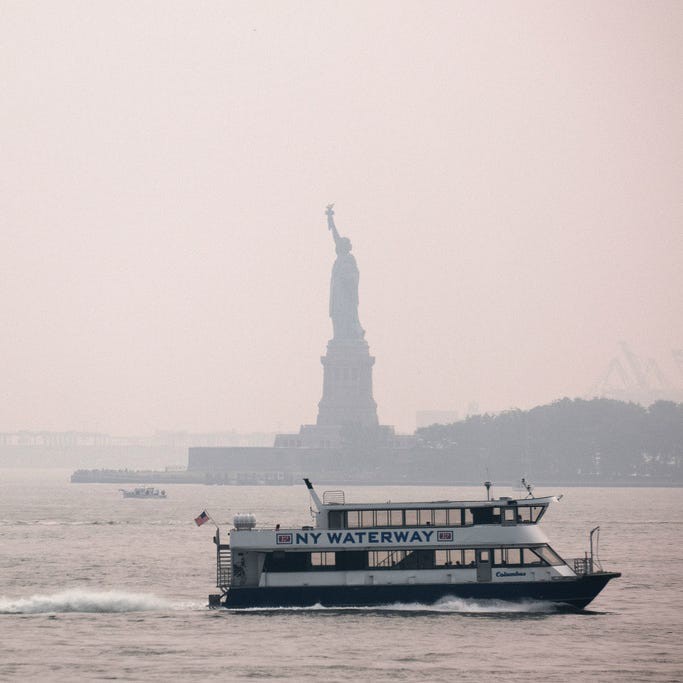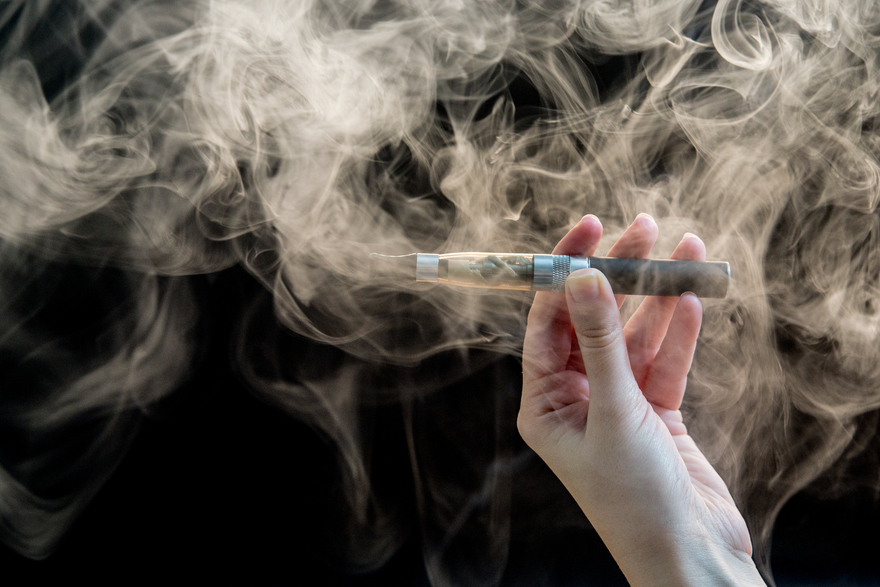Toronto, Ontario – July 28, 2021. Piera Systems (“Piera”) is excited to announce a reseller agreement with Hitachi Systems Network Technologies (“Hitachi”), a leading IT service provider headquartered in Singapore, to market, sell, and distribute the ground-breaking CanāreeTM family of air quality monitors in Singapore. Canāree air quality monitors are built using the patented Intelligent Particle Sensor (“IPS”) technology from Piera and they combine ease-of-use and rapid deployment with unparalleled particulate measurement capabilities.
“The Canāree monitors’ ability to accurately measure particulates across the PM range and identify sources of pollution at an affordable price-point is a big differentiator for us,” said Vin Ratford, CEO of Piera Systems. “Seamless integration to Aruba wireless access points leverages existing wireless infrastructure everywhere to start measuring air quality in minutes. Full integration to the cloud and intuitive software interfaces allow anyone to measure air quality from anywhere.”
“As an Aruba Platinum Partner, we are really excited to build on our networking expertise and offer our customers this differentiated ability to monitor air quality,” said Lim Keng Hoe, Managing Director of Hitachi Systems Network Technologies. “Awareness of air quality has been significantly heightened in Singapore due to the pandemic and the Canāree family of air quality monitors is a perfect solution to complement our network service offerings.”
As part of this agreement, Hitachi will distribute all members of the Canāree family of air quality monitors:
Canāree A1 – designed to plug into Aruba wireless access points
Canāree I1 – standalone operation using WiFi or BLE
Canāree I5 – measures particulates and temperature, pressure, humidity, VOCs, and gases
All Canāree monitors can measure accurately from PM0.1 to PM10 and come with a built-in ability to detect vape and smoke events. Air quality can be monitored through Piera’s SenseiAQ software that interfaces to the cloud for data access or can be integrated into existing Building Management or Building Automation Software (BMS/BAS). Canāree monitors are built on IPS technology which are the only low-cost sensors in the world certified by Korea Electronics Technology Institute (KETI) for operation at PM1.0, 2.5, and 10.0.
Indoor air quality can be up to 5 times worse than outdoors and most of our time is spent indoors. Accurately monitoring indoor air quality with Canāree monitors, identifying the sources of pollution, and taking effective mitigative actions can drastically improve the health and productivity of all occupants.
About Piera Systems, Inc.
Piera Systems Inc. mission is to make air quality measurement as accurate, simple, inexpensive, and pervasive as temperature, enabling a major improvement in the health of all humans. Piera has developed a family of ‘Intelligent Particle Sensors’ utilizing a breakthrough custom processor to detect particulate Matter (PM), a major component of air pollution. Unlike existing low-cost PM sensors, IPS has superior accuracy over a wider range, including harmful ‘very fine particles’ smaller than 1.0 micron, and reports particle size and count in real-time at low power. IPS is the first software defined PM sensor with up to 7 particle sizes allowing its use in many applications. IPS data is analyzed using AI/ML algorithms to identify and classify pollution sources such as vape, cigarette smoke, cooking, etc. IPS sensors and Canāree monitors will answer the question, What’s In Your Air?
Headquartered in Toronto, more information on Piera Systems air quality solutions can be found at https://www.pierasystems.com
About Hitachi Systems Network Technologies
Established in 2003 as I-Net Solutions and acquired by the Hitachi Group in 2015, Hitachi Systems Digital Services has transferred its business to Hitachi Systems Network Technologies in 2020. Headquartered in Singapore, Hitachi Systems Network Technologies is one of the leading Information Technology (IT) Service Providers for providing a comprehensive suite of IT Solutions in consulting, system integration, maintenance, IT outsourcing and managed services, striving to be an advocate of technology innovations and to deliver the best services to all customers with the utmost integrity.
With the acquisition, Hitachi Systems Network Technologies has been able to develop a strong footprint within Singapore providing cutting edge IT solutions and services to its customers. Centric to this is our approach in providing solutions to our customers.
Hitachi Systems Network Technologies utilize our rich experience accumulated through offering industry-leading IT services since the earliest days of IT in Japan through to today to provide a one-stop service that covers the entire IT lifecycle ranging from introduction consultancy, design, development, operation and maintenance of systems to helpdesk services, to support businesses and operations of customers. Furthermore, by focusing on three areas – cloud services, global solutions, and business services – Hitachi Systems Network Technologies aim to create new values beyond the framework of IT and become a global service company that is entrusted by customers with all kinds of activities. Learn more at https://hitachi-systems-nt.com
Contact Information
Raj Seelam
Vice President of Marketing & Customer Success
raj.seelam@pierasystems.com
Ivan Teo
Senior Vice President, Sales
ivan.teo@hitachi-systems-di.com












